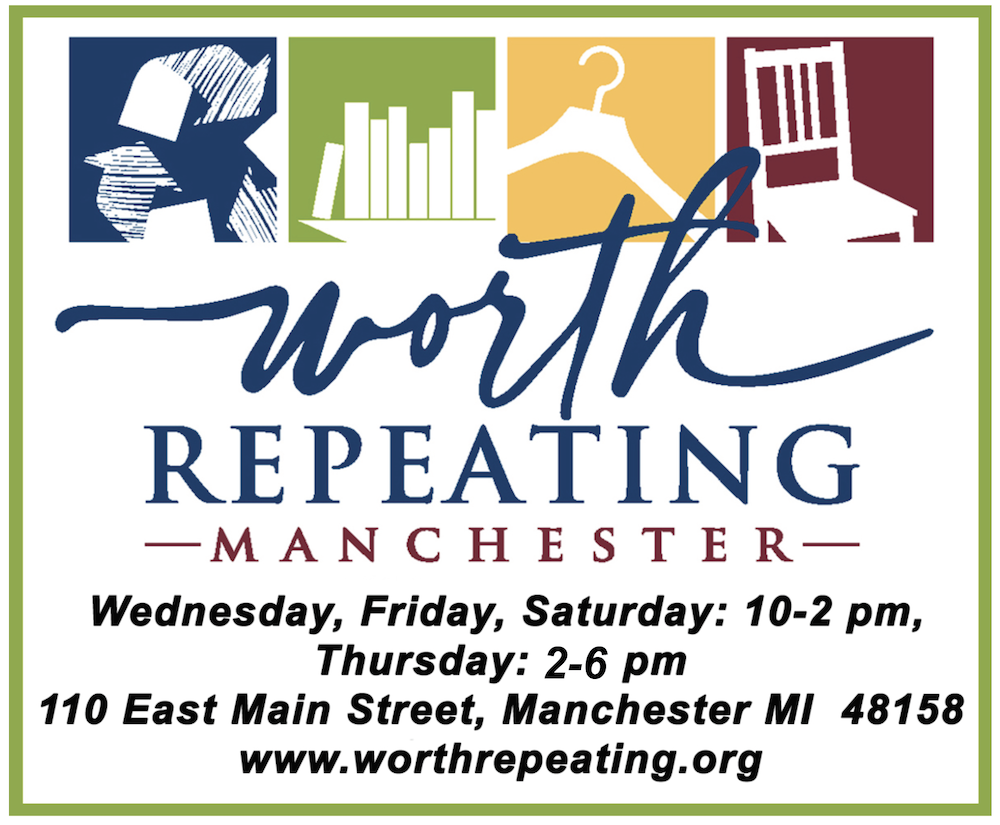Michigan to end most contact tracing as COVID overwhelms effort

Contact tracers were often able to warn people they’d been exposed to COVID and how to protect themselves. But the health workers making these calls were often lied to, cursed at, and hung up on since the pandemic began. (Bridge photo by Autumn Johnson-Pierce.)
by (Bridge Michigan)
Broad community contract tracing for COVID in Michigan is coming to an end in most cases — a dramatic signal of the overwhelming spread of omicron and the diminishing returns of an effort launched nearly two years ago across the state.
The Michigan Department of Health and Human Services, which began contact tracing in the first weeks of the pandemic, last week advised local health departments to focus contact tracing efforts to congregate settings — schools, long-term care and assisted living facilities, and prisons among them, said Nick Derusha, chair of the Michigan Association of Local Health, which represents Michigan’s local health departments.
Local health departments were already moving away from devoting significant resources to contact tracing — the practice of identifying people with an infectious disease and alerting others who may have been in contact with that person, Derusha and others said.
The breakneck pace of omicron overwhelmed any effort to stay ahead of it and notify others. “We’re not able to keep up — it comes down to that reality,” said Derusha, who also is the health officer for four eastern counties in the Upper Peninsula.
Lisa Peacock, health officer for the four-county Health Department of Northwest Michigan, agreed. “When it gets like this,” she said, “we’re not getting to those calls in a timely way” to head off virus spread.
Health officials now will focus on reinforcing public education campaigns on COVID topics such isolation and quarantine, who is considered a close contact, what to do if you’ve been exposed to someone with COVID, when to seek testing and how conduct home tests, MDHHS spokesperson Lynn Sutfin told Bridge by email.
In some cases, automation will take the place of phone calls from local health workers.
Derusha’s LMAS Health Department in the U.P. has joined other departments in using Patient Education Genius software to send out text messages and surveys to the newly-infected to help track COVID-19.
The shift was inevitable.
Contact tracing is about tracing the transmission of disease to blunt its spread, by individually contacting those who are infected or possibly exposed to a pathogen — measles, sexually transmitted diseases, typhoid, for example — and guiding them to temporarily withdraw from everyday life and contact with others.
But 22 months after Michigan doctors confirmed the first COVID case in the state, COVID-19 case levels and hospitalizations are at unprecedented highs, even as the omicron variant appears to cause less severe disease.
“When numbers get big, it is a futile effort,” said Ingham County Health Officer Linda Vail.
Over the course of the pandemic, contact tracers have also met resistance and outright hostility when reaching out to people who may be at risk of infection. As Bridge Michigan has reported, they have been lied to, cursed at and hung up on as far back as the summer of 2020.
The Health Department of Northwest Michigan, which covers Charlevoix, Antrim, Emmet and Otsego counties, referred to “waning public participation in contact tracing,” in its announcement Wednesday explaining why it is “shifting away from universal contact tracing and case investigations to focus on high priority community groups and those in congregate settings.”
That dynamic has only gotten worse with omicron, public health officials told Bridge, with the public’s nerves increasingly raw and the sheer number of cases overwhelming health departments’ ability to track them.
“When you have widespread community transmission, those things tend not to work because there’s just too much virus going around. There’s too little ability to get everybody who needs to be isolated, isolated, and everybody that needs to be quarantined, quarantined,” Vail said.
Some health departments may still perform more contact tracing than others, but it depends on resources and the likelihood that contact tracing each case will still be effective, said Derusha, of the statewide group.
“We just can’t get to everyone right now. That’s been true in all of the surges, but this surge is unlike anything we’ve had before,” he said.
In November, Michigan reported about 76 new COVID-19 cases a day for every 100,000 residents. That number has now doubled to more than 162 cases each day for every 100,000 people. Recent testing data also shows that about 1-in-3 COVID tests taken in Michigan are coming back positive, an extraordinarily high rate suggestive of uncontrolled spread.
Contract tracing was important in the first years of the pandemic, especially when cases were low and containable, Vail and Derusha said.
And the practice has been crucial in helping doctors and health workers learn about COVID-19 — its incubation period, its symptoms, the demographics most at risk, and now the virus moves through populations, said Peacock, the health officer in Northwest Michigan.
“The information that we got from both case investigations and the contact tracing has formed the body of knowledge about what we know about COVID,” she said.
It’s guided practices on social distancing, isolation and quarantine procedures. And that, in turn, means that individuals don’t need the level of individual counseling as was necessary in the early days of the pandemic, Peacock said.
Moving forward, contact tracing will continue in schools and congregate care settings. That’s a critical need as school districts struggle to staff buses and classrooms, said Robert McCann, executive director of the K-12 Alliance for Education, a Michigan school advocacy organization.
“If county and state health departments aren’t going to be facilitating contact-tracing, I don’t know how it gets done,” he said.
But it’s unclear to what extent that will happen, McCann said.
Updated guidance on isolation and quarantine protocols last week seemed to suggest that contact tracing had slipped in its importance, he said.
“Wayne County health department specifically told our schools they don’t have to do it anymore. That communication is likely varying from county health department to county health department,” McCann said.
The Wayne County Department of Health, Veterans & Community Wellness did not return a call last Wednesday.
“It’s a mixed bag it seems right now, of who’s still trying to do it, but there’s definitely more and more (contact tracing) is dropping off because of the difficulties without the support of the state or counties right now,” McCann said.










You must be logged in to post a comment Login